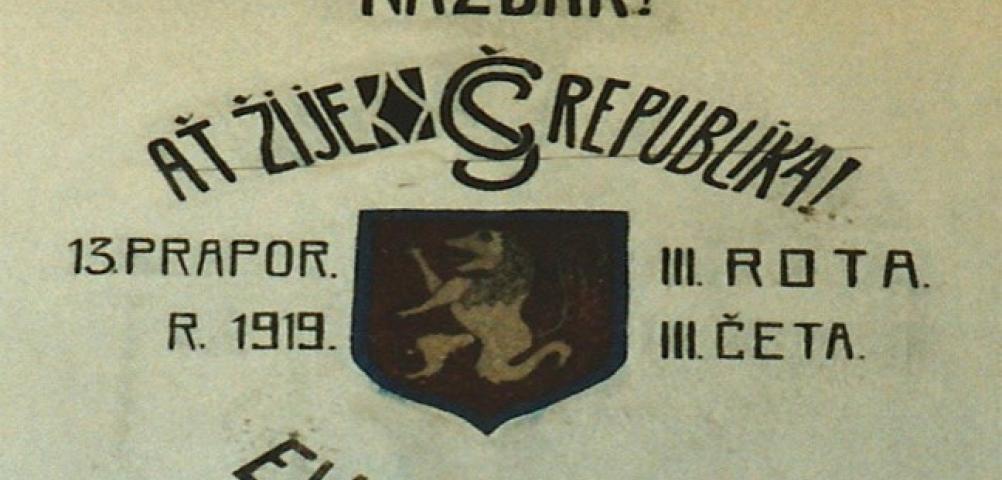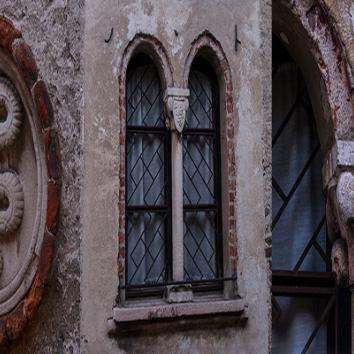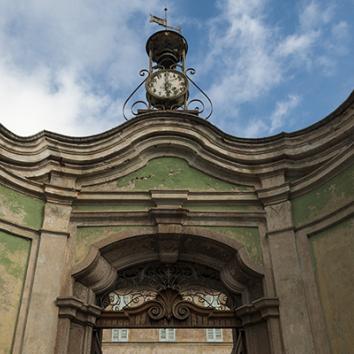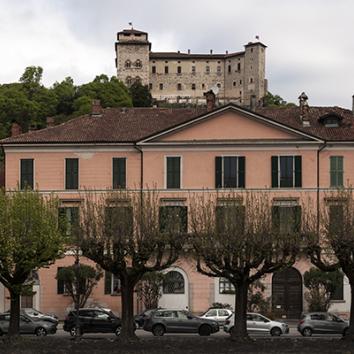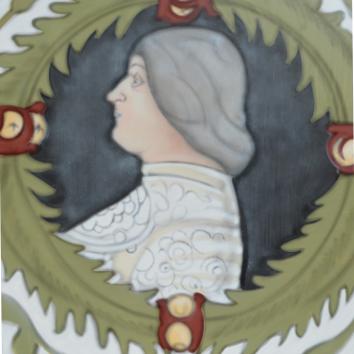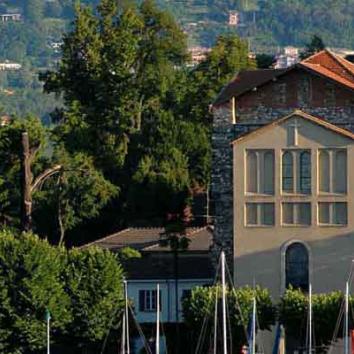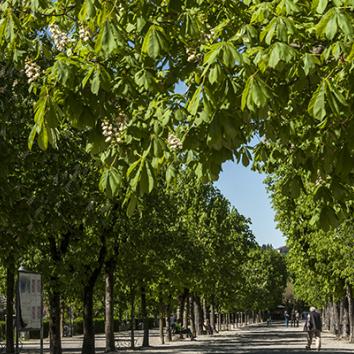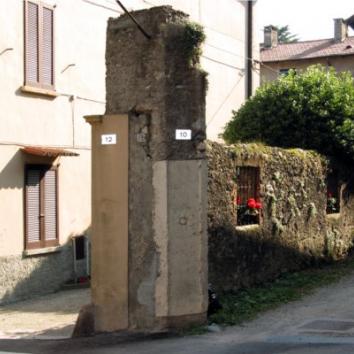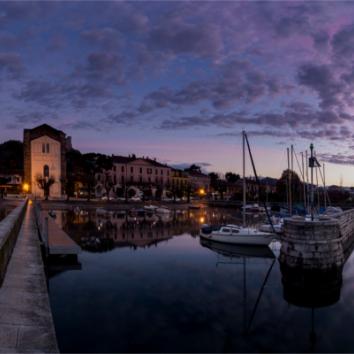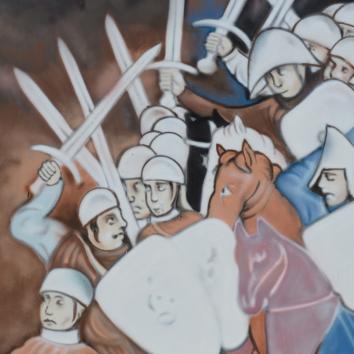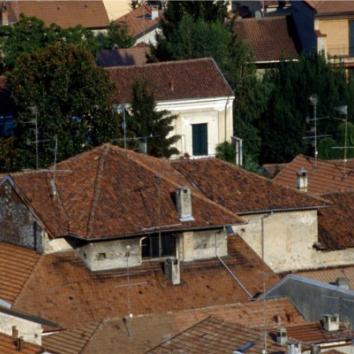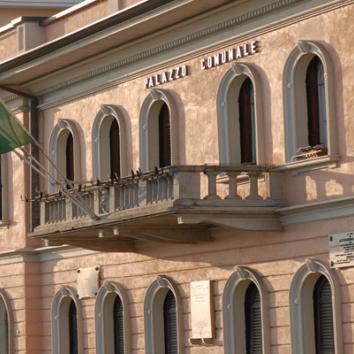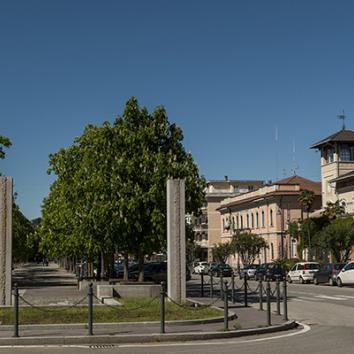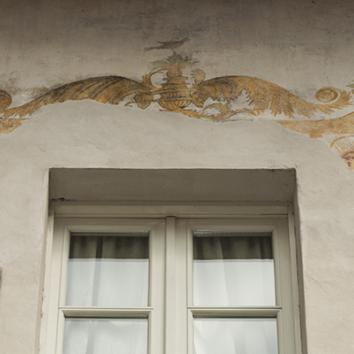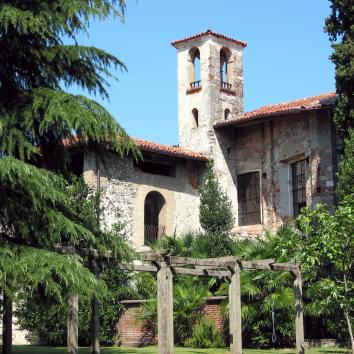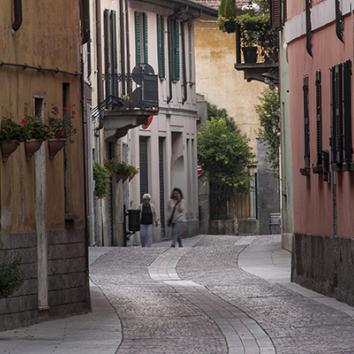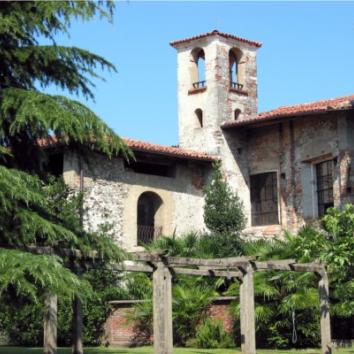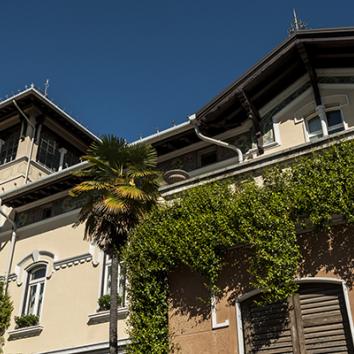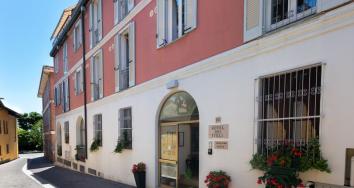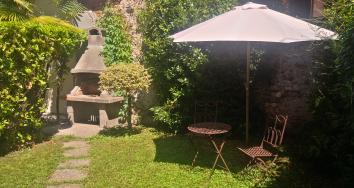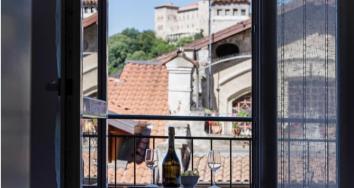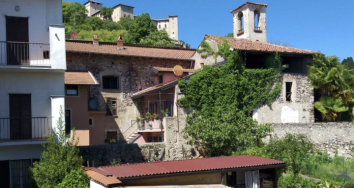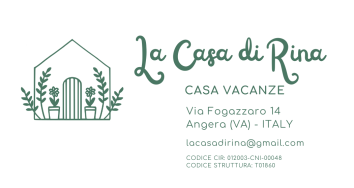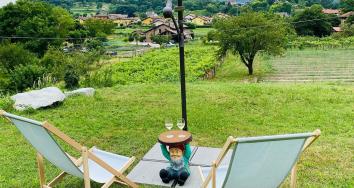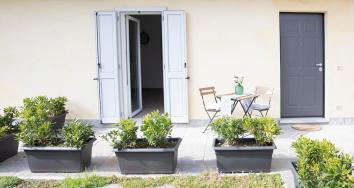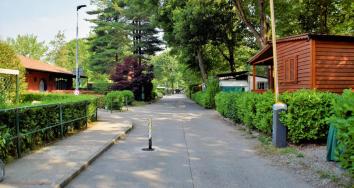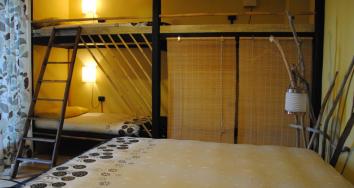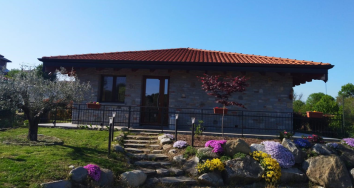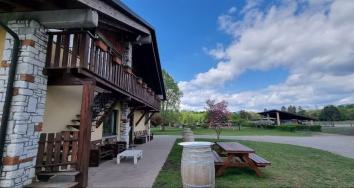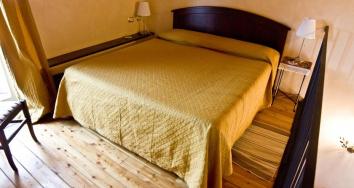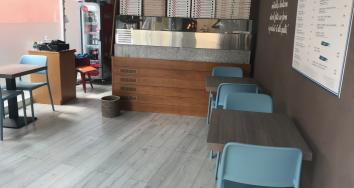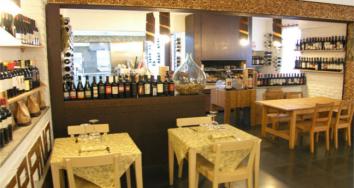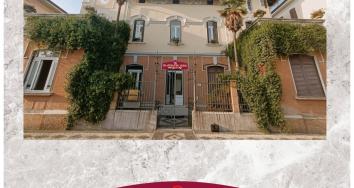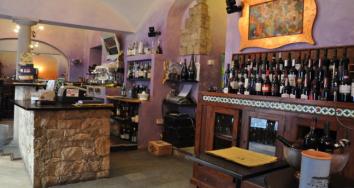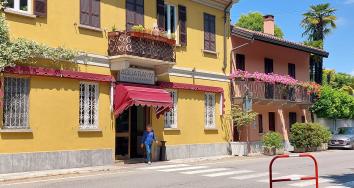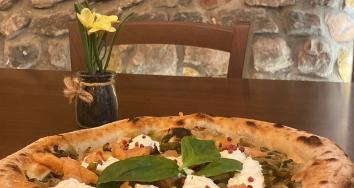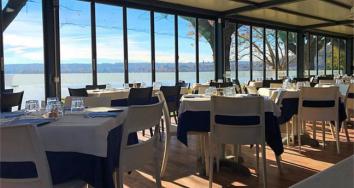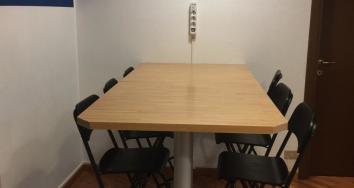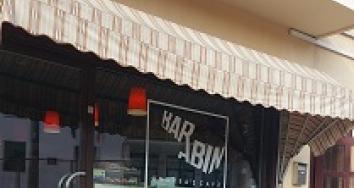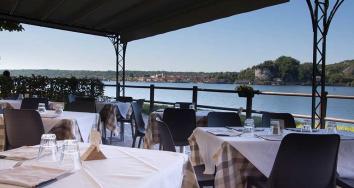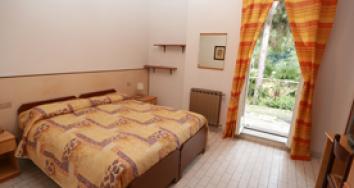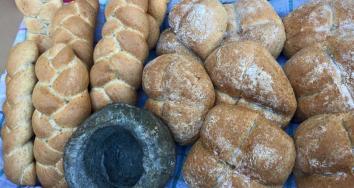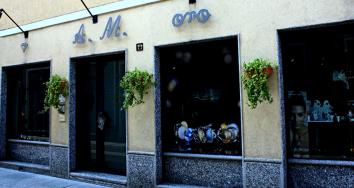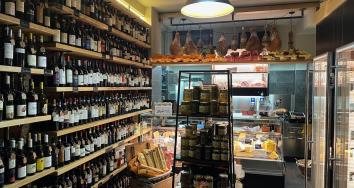13th Czechoslovak Battalion in Angera
1919
Angera remembers the Czechoslovakian soldiers who fought alongside Italian troops during World War I and were stationed in the Corte dei Cardana.
Via Paletta is home to the Corte dei Cardana, also called curt da bass (lower courtyard), to distinguish it from the curt da sura (upper courtyard) situated in what is now Via Mario Greppi. A wall facing the Corte dei Cardana bears part of a coat-of-arms accompanied by writing, painted by Czechoslovakian soldiers on training in Angera.
The painting is not easy to see, but there still exist reproductions that allow the reconstruction of the entire text, which reads, in English translation:
Hail – Long live the Czechoslovakian Republic 13th Battalion, Third Company, 1919
This document records a particular period during World War I. In 1917 many Czech and Slovakian prisoners and deserters declared their opposition to the military agreements sanctioned by their rulers, and expressed the wish to join the Allies in the fight against the Austro-Hungarians. Many therefore enrolled in the Italian and French armies.
The Czechoslovaks wore Italian uniforms with Alpine hats and a two-coloured insignia, red and white.
In 1918 and 1919 the soldiers of the 2nd Czechoslovakian Territorial Army, numbering about 40,000, were sent to train in the Province of Varese. Between January and June 1919 the 13° Czechoslovakian Battalion was stationed in Angera; the men wore Italian uniforms, but without the Alpine hat.
The Czech and Slovak soldiers were greeted with friendship by the local people; they were invited to parties and festivals, and often in their off-duty hours helped the farmers in the fields. During their stay in Angera they organized a fund-raising evening and collected 157 lire in donations to help Angera's poor and sick. In thanks, the inhabitants of Angera presented the soldiers with a flag when they departed on 9th June 1919.
They seen to have been particularly popular with the local girls, enough so to worry the local priest, and many families continued to exchange letters for years afterwards. An example is a letter written in 1935, by a soldier who spent 5 months in Angera in 1919, to the mayor of Angera: To the Commander of the town of Angera. First a hundred greetings to all the people of Angera; he then mentions the family of Maria Baranzini.
In addition to the writing on the wall and some photographs and archive documents, Angera also remembers the soldiers' stay because of a dialect name given to a certain local mushroom. In accordance with their dietary customs, the Czechoslovaks gathered in the woods a kind of mushroom called bausit which the people of Angera considered inedible due to its slimy appearance. Seeing that the soldiers ate them without ill effects, the locals too began to collect and cook them – and today they are known as Sluach.
Three Czechoslovakian soldiers died during training and were buried in the cemetery of Angera; they were moved several years later to the Czechoslovakian cemetery at Solbiate Olona.
The text was written with the help of Remo Cardana and Luciano Besozzi.

